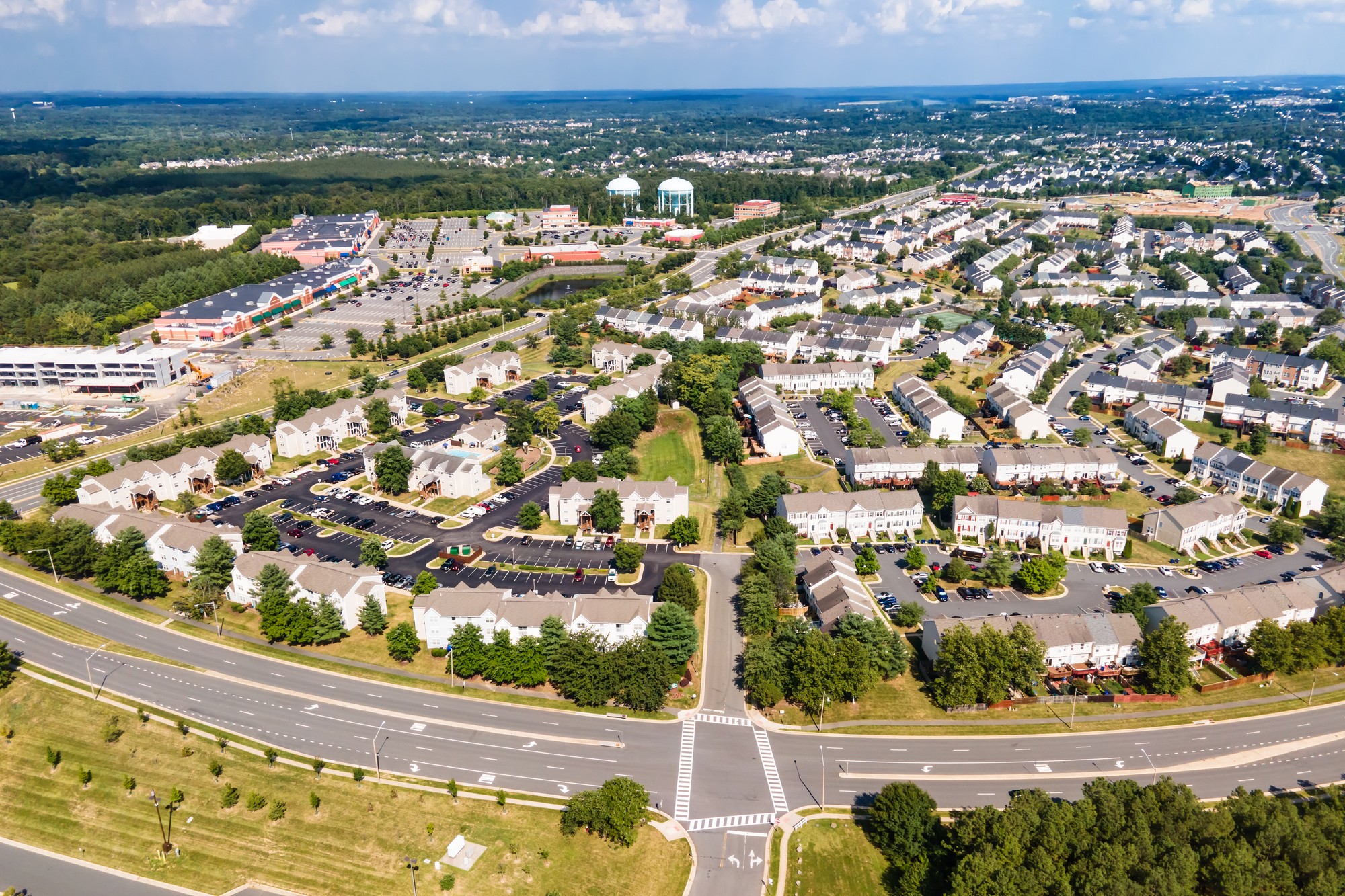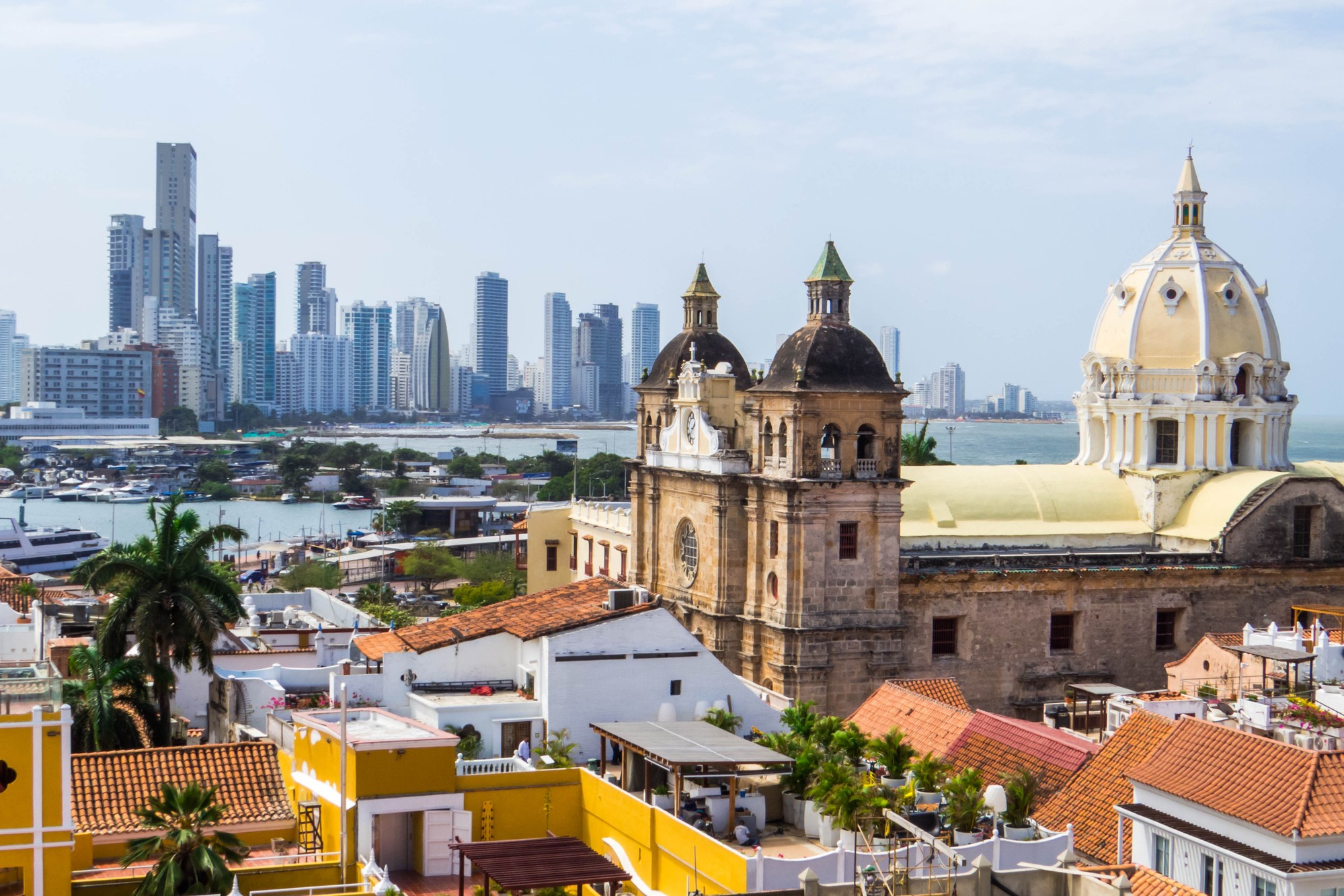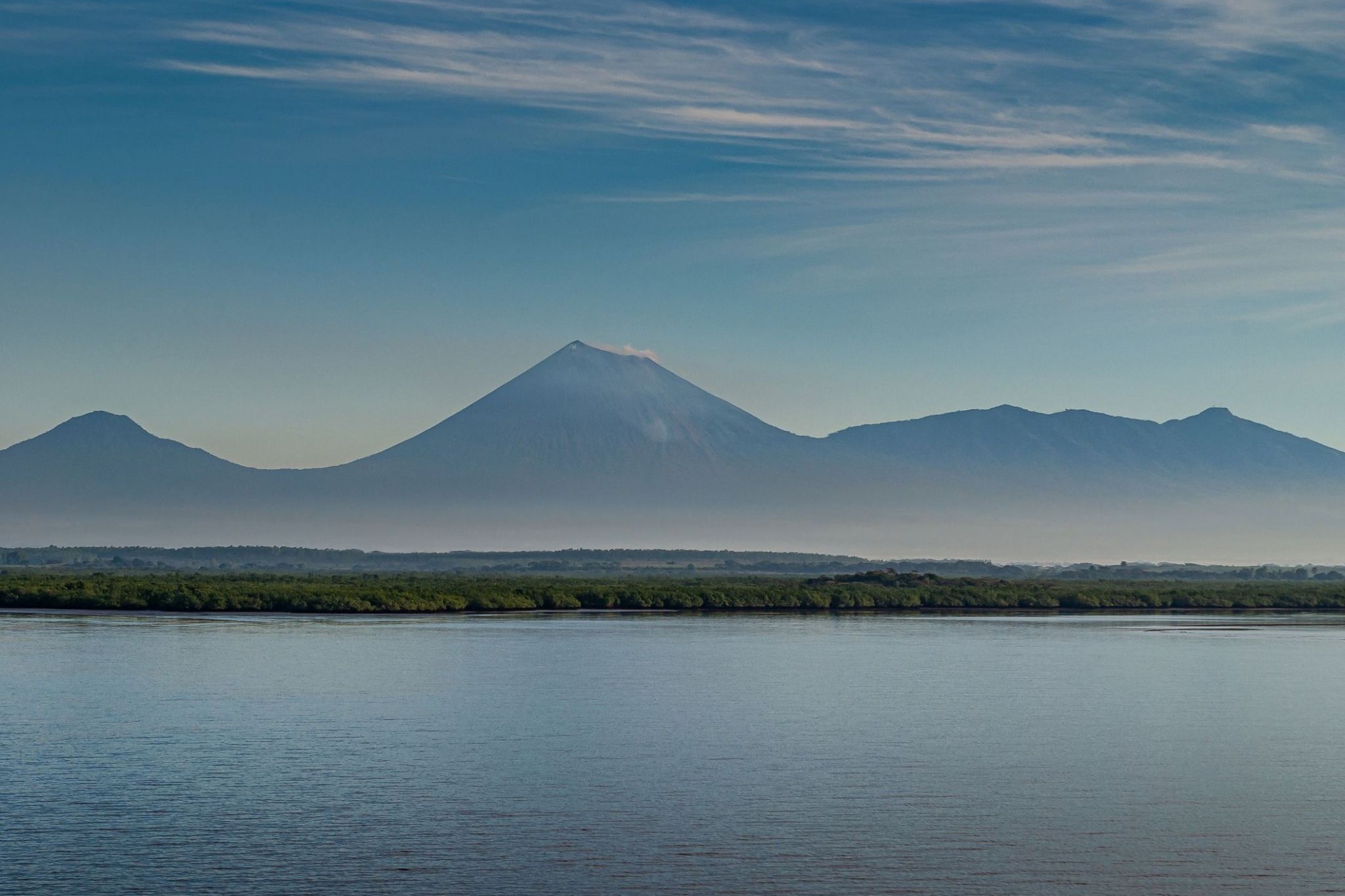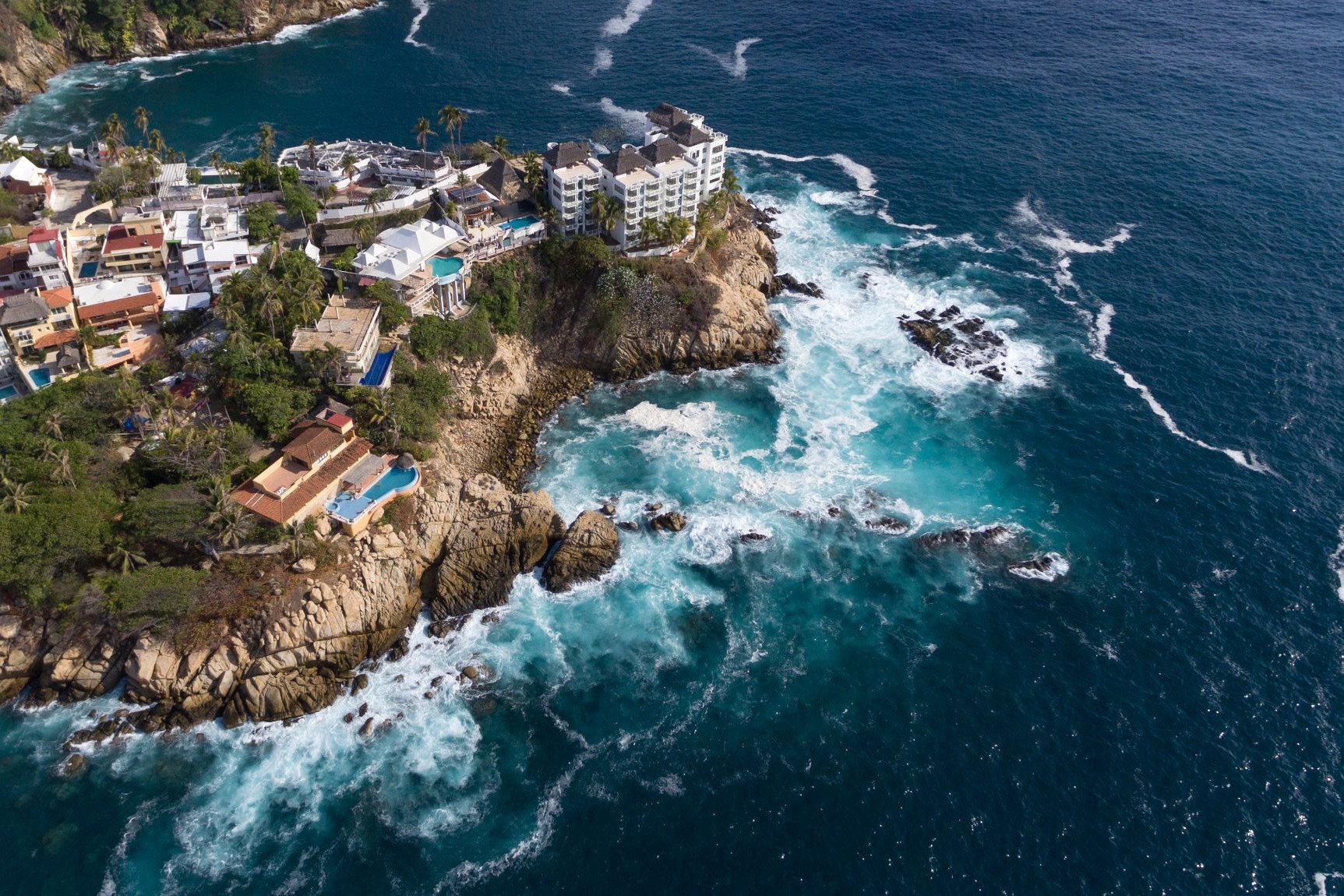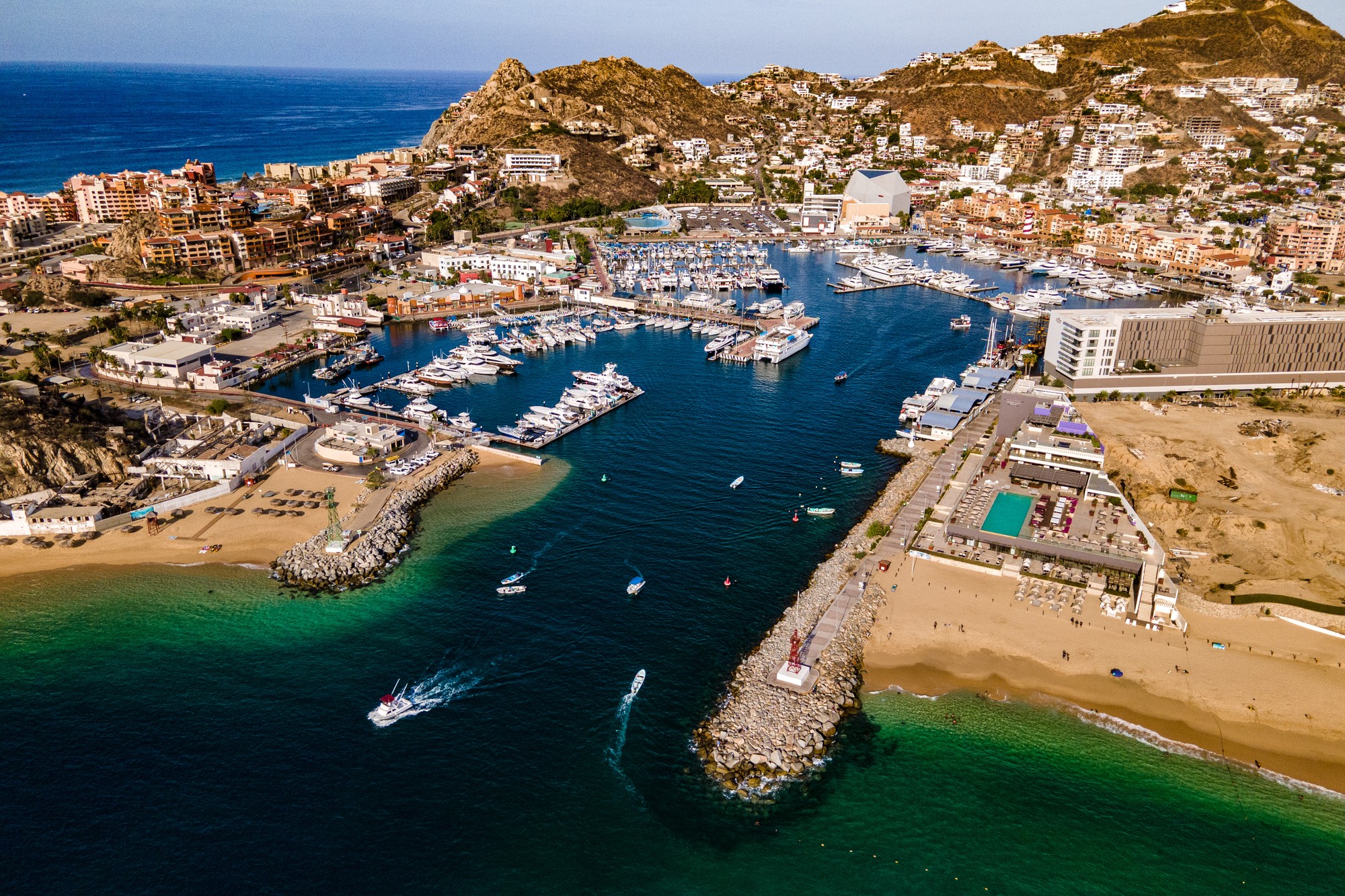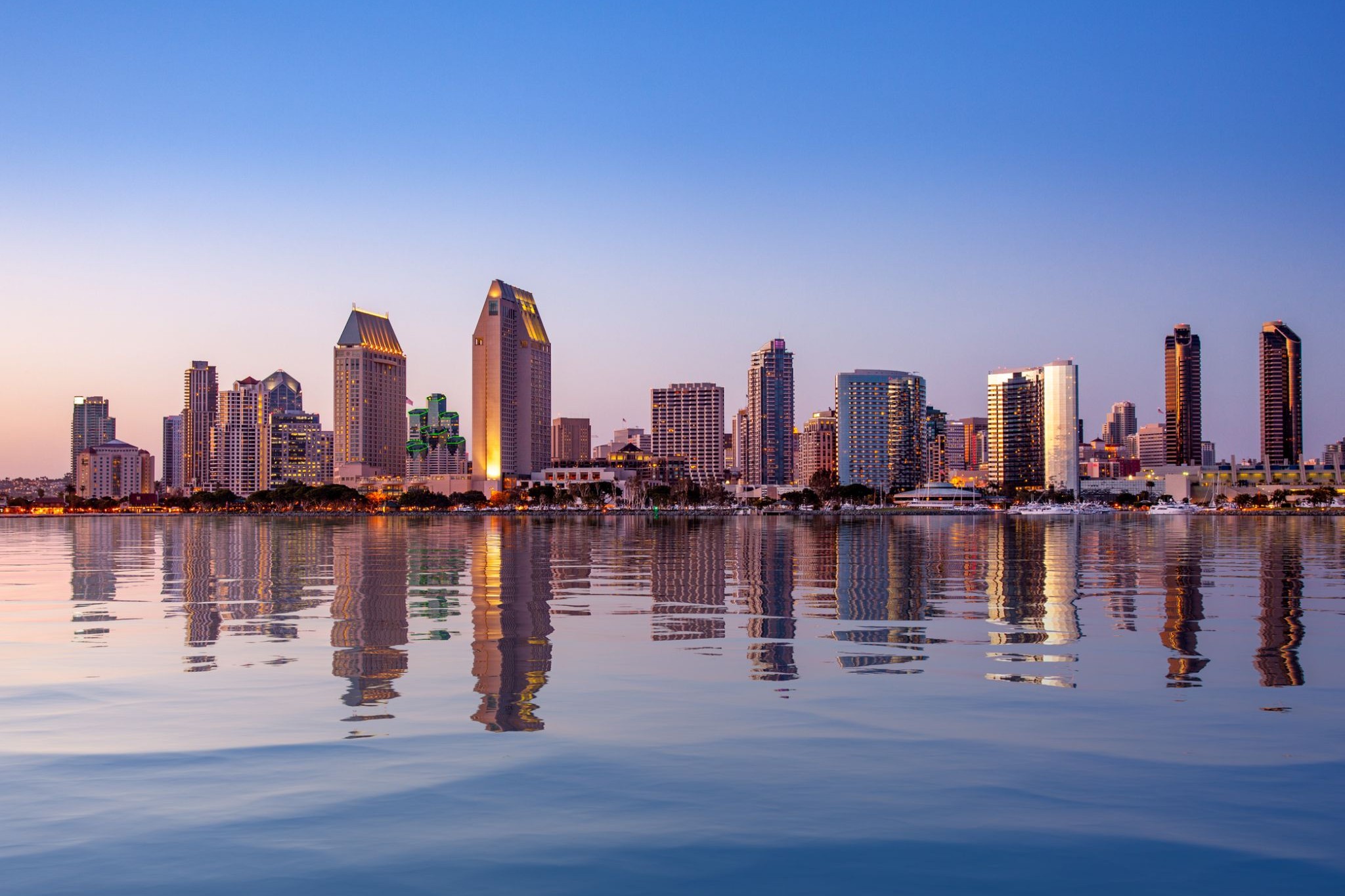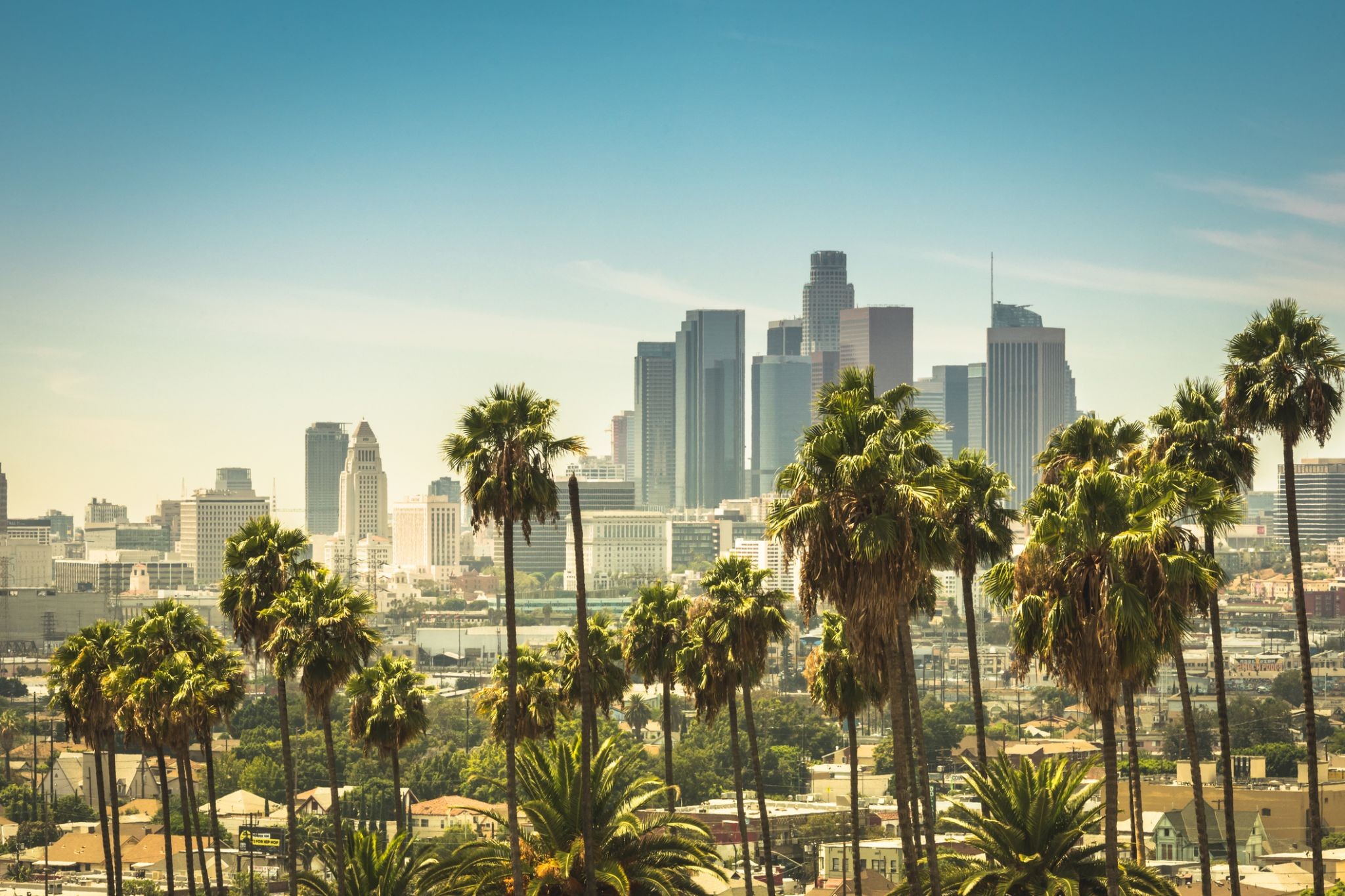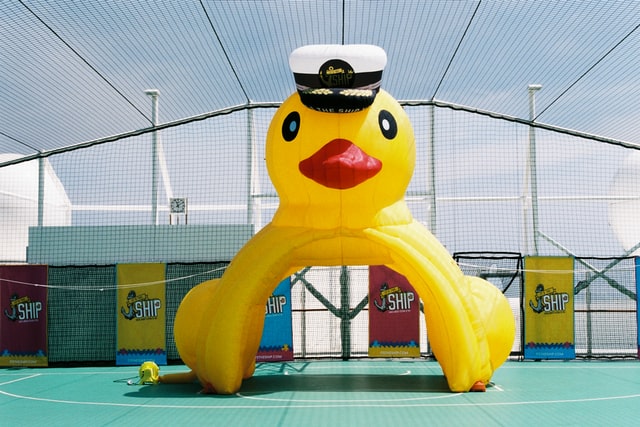
Rejs 30 941 635
Skarby dwóch oceanów
| Region rejsu : Karaiby |
| Firma : Oceania Cruises |
| Statek : VISTA |
| Data rozpoczęcia : śr. 06 sty 2027 |
| Data zakończenia : czw. 21 sty 2027 |
| Liczba nocy : 15 nocy |
Harmonogram
| Dzień | Data | Port | Wypłynięcie | Odpłynięcie |
|---|---|---|---|---|
| 1 | 6.01 śr. | Miami / USA | 07:00 | 16:00 |
| 2 | 7.01 czw. | Dzień na morzu / Morze | ||
| 3 | 8.01 pt. | Leesburg / USA | 09:00 | 17:00 |
| 4 | 9.01 sob. | Dzień na morzu / Morze | ||
| 5 | 10.01 niedz. | Cartagena de Indias / Kolumbia | 08:00 | 15:00 |
| 6 | 11.01 pon. | Dzień na morzu / Morze | ||
| 7 | 12.01 wt. | Dzień na morzu / Morze | ||
| 8 | 13.01 śr. | Corinto / Nicaragua | 11:00 | 18:00 |
| 9 | 14.01 czw. | Puerto Quetzal / Gwatemala | 09:00 | 18:00 |
| 10 | 15.01 pt. | Dzień na morzu / Morze | ||
| 11 | 16.01 sob. | Acapulco / Meksyk | 08:00 | 17:00 |
| 12 | 17.01 niedz. | Dzień na morzu / Morze | ||
| 13 | 18.01 pon. | Cabo San Lucas / Meksyk | 08:00 | 17:00 |
| 14 | 19.01 wt. | Dzień na morzu / Morze | ||
| 15 | 20.01 śr. | San Diego, Kalifornia / USA | 12:00 | 22:00 |
| 16 | 21.01 czw. | Los Angeles / USA | 07:00 | 16:00 |
-
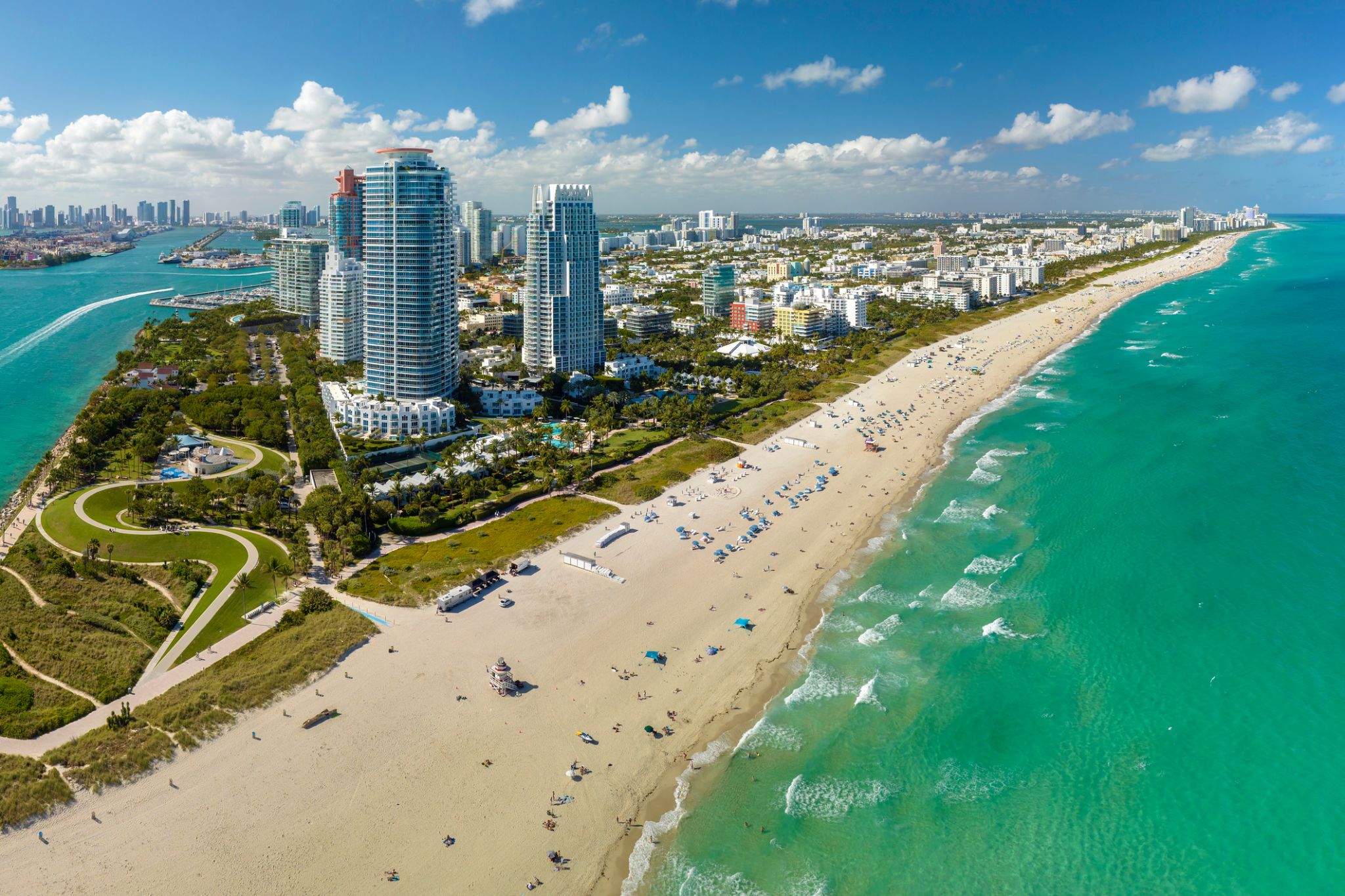 Dzień 1: 07:00-16:00
Dzień 1: 07:00-16:00Miami / USA
Miami, officially the City of Miami, is the cultural, economic and financial center of South Florida. Miami is the seat of Miami-Dade County, the most populous county in Florida. The city covers an area of about 56.6 square miles (147 km2), between the Everglades to the west and Biscayne Bay on the east; with a 2017 estimated population of 463,347, Miami is the sixth most densely populated major city in the United States. The Miami metropolitan area is home to 6.1 million people and the seventh-largest metropolitan area in the nation. Miami's metro area is the second-most populous metropolis in the southeastern United States and fourth-largest urban area in the U.S.
Miami is a major center, and a leader in finance, commerce, culture, media, entertainment, the arts, and international trade. The Miami Metropolitan Area is by far the largest urban economy in Florida and the 12th largest in the United States with a GDP of $344.9 billion as of 2017. In 2012, Miami was classified as an "Alpha−" level world city in the World Cities Study Group's inventory. In 2010, Miami ranked seventh in the United States and 33rd among global cities in terms of business activity, human capital, information exchange, cultural experience, and political engagement. In 2008, Forbes magazine ranked Miami "America's Cleanest City", for its year-round good air quality, vast green spaces, clean drinking water, clean streets, and citywide recycling programs. According to a 2009 UBS study of 73 world cities, Miami was ranked as the richest city in the United States, and the world's seventh-richest city in terms of purchasing power. Miami is nicknamed the "Capital of Latin America" and is the largest city with a Cuban-American plurality.
Greater Downtown Miami has one of the largest concentrations of international banks in the United States, and is home to many large national and international companies. The Civic Center is a major center for hospitals, research institutes, medical centers, and biotechnology industries. For more than two decades, the Port of Miami, known as the "Cruise Capital of the World", has been the number one cruise passenger port in the world. It accommodates some of the world's largest cruise ships and operations, and is the busiest port in both passenger traffic and cruise lines. Metropolitan Miami is also a major tourism hub in the southeastern U.S. for international visitors, ranking number two in the country after New York City.
-
 Dzień 2:
Dzień 2:Dzień na morzu / Morze
-
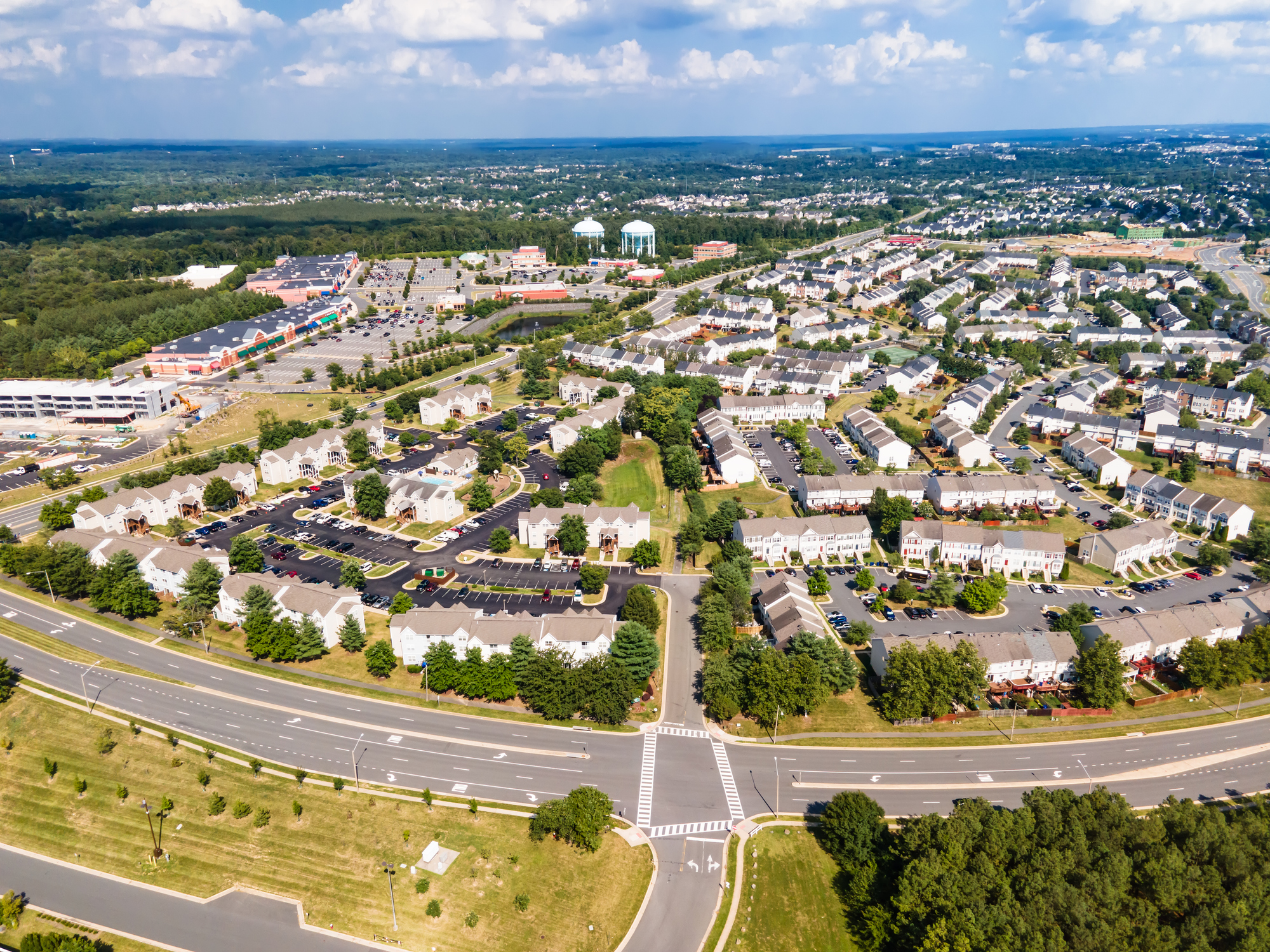 Dzień 3: 09:00-17:00
Dzień 3: 09:00-17:00Leesburg / USA
-
 Dzień 4:
Dzień 4:Dzień na morzu / Morze
-
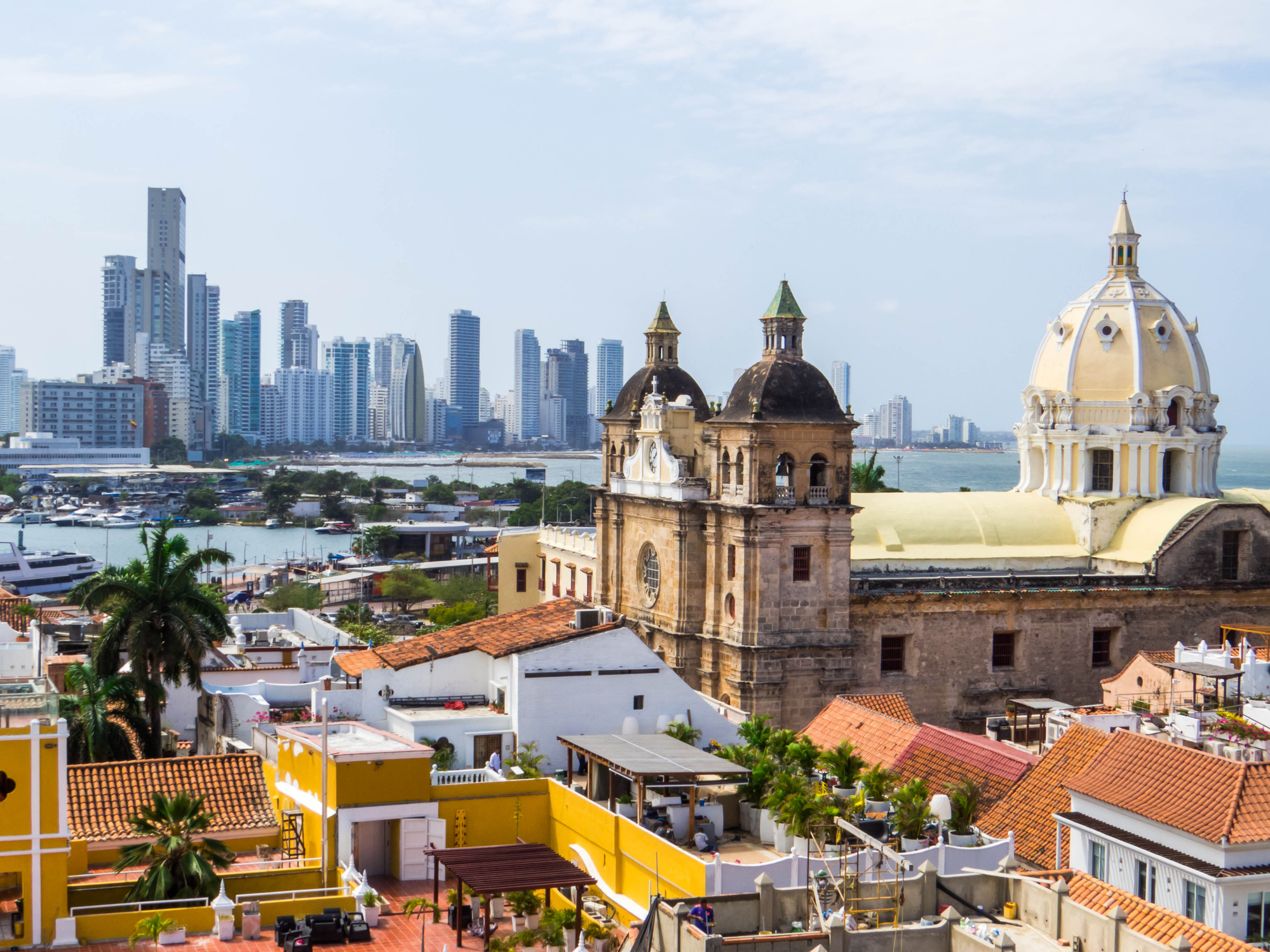 Dzień 5: 08:00-15:00
Dzień 5: 08:00-15:00Cartagena de Indias / Kolumbia
Cartagena de Indias – miasto w północnej Kolumbii, nad Morzem Karaibskim. Jest stolicą departamentu Bolívar. Według spisu ludności z 30 czerwca 2018 roku miasto liczyło 876 885 mieszkańców, co czyniło je trzecim pod względem wielkości populacji miastem kraju.
W mieście rozwinął się przemysł rafineryjny, stoczniowy, chemiczny, włókienniczy, skórzany oraz spożywczy.
-
 Dzień 6:
Dzień 6:Dzień na morzu / Morze
-
 Dzień 7:
Dzień 7:Dzień na morzu / Morze
-
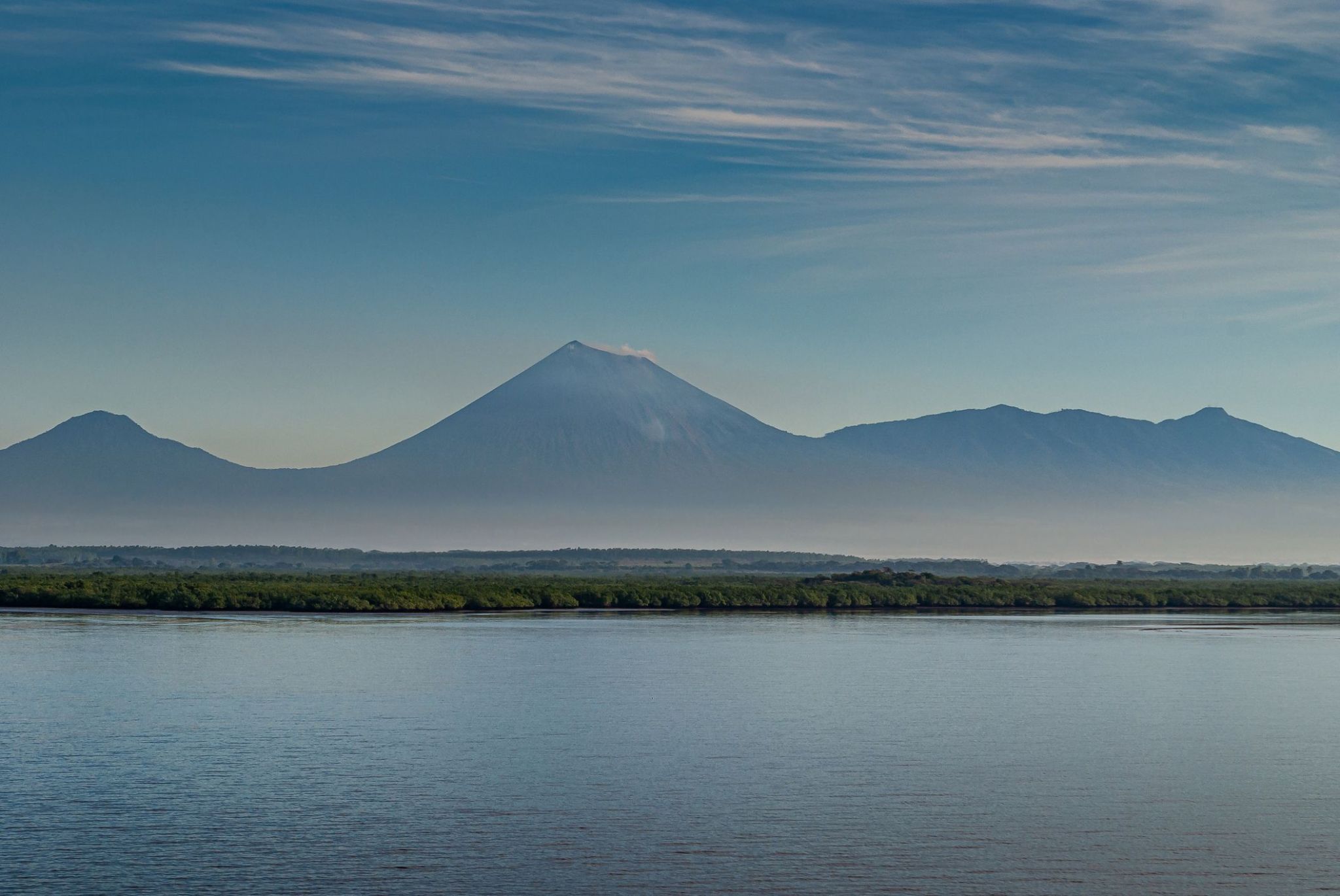 Dzień 8: 11:00-18:00
Dzień 8: 11:00-18:00Corinto / Nicaragua
Corinto — portowe serce kraju na wybrzeżu Pacyfiku.
Corinto to największy port morski Nikaragui, położony na wybrzeżu Pacyfiku, w departamencie Chinandega. Założone w 1858 roku miasto odgrywa kluczową rolę w gospodarce kraju, obsługując znaczną część międzynarodowego handlu morskiego. Dzięki strategicznemu położeniu i naturalnemu portowi, Corinto stało się ważnym węzłem logistycznym dla transportu towarowego i komunikacji morskiej. Do miasta zawijają również statki wycieczkowe, co czyni je popularnym punktem wjazdowym dla turystów.
Pomimo przemysłowego charakteru, Corinto zachowuje autentyczną atmosferę małego nadmorskiego miasteczka. W okolicy znajdują się spokojne plaże, świeże owoce morza oraz atrakcje przyrodnicze, takie jak wulkan Casitas i wyspy w zatoce. Zabytkowa architektura, kolonialne budowle i ciepły klimat nadają miastu wyjątkowy urok. Corinto słynie również ze swoich tradycji — barwne święta religijne i ludowe oddają ducha lokalnej kultury.
-
 Dzień 9: 09:00-18:00
Dzień 9: 09:00-18:00Puerto Quetzal / Gwatemala
Puerto Quetzal to ważne miasto portowe na wybrzeżu Gwatemali, położone w regionie Pacyfiku. Jest jednym z najpopularniejszych portów docelowych dla statków wycieczkowych, co czyni go istotnym węzłem transportowym i głównym wejściem dla podróżnych przybywających do kraju. Puerto Quetzal jest także punktem wyjścia do odkrywania cudów przyrody Gwatemali, w tym słynnych wulkanów i malowniczych plaż. W pobliżu znajdują się takie atrakcje, jak wulkan Acatenango i Park Narodowy Monterrico, który słynie z ekosystemu oraz plaż odpowiednich do surfingu.
Oprócz piękna przyrody Puerto Quetzal przyciąga podróżnych swoją unikalną atmosferą. Miasto zachowało klimat wybrzeża Pacyfiku z urokliwymi wioskami rybackimi i restauracjami, w których można skosztować świeżych owoców morza. Jego strategiczne położenie i rozwinięta infrastruktura sprawiają, że Puerto Quetzal jest wygodnym punktem wyjścia do podróży po Gwatemali, zarówno dla tych, którzy chcą odkrywać starożytne ruiny Majów, takie jak Tikal, jak i dla tych, którzy szukają relaksu na plaży.
-
 Dzień 10:
Dzień 10:Dzień na morzu / Morze
-
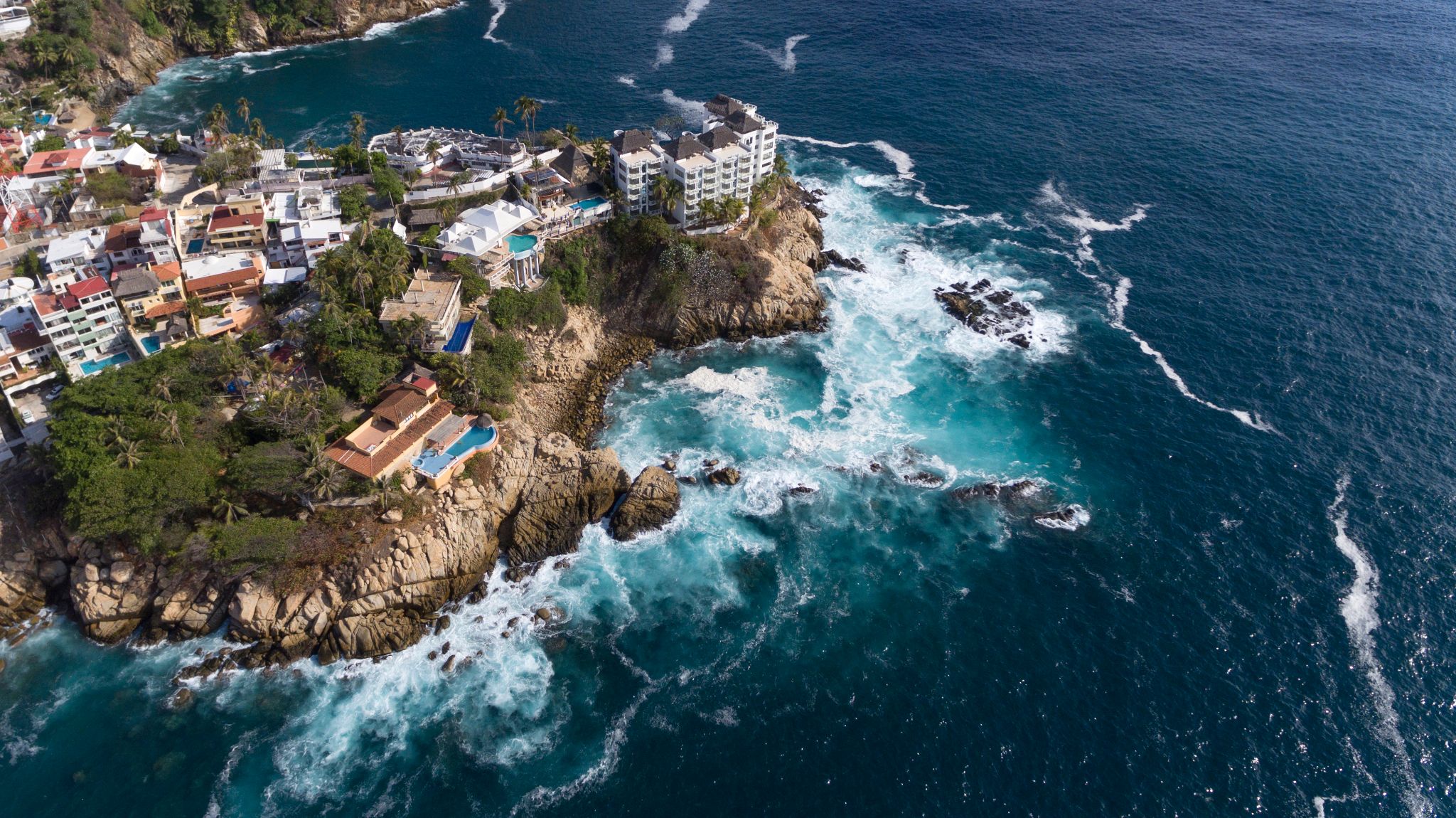 Dzień 11: 08:00-17:00
Dzień 11: 08:00-17:00Acapulco / Meksyk
-
 Dzień 12:
Dzień 12:Dzień na morzu / Morze
-
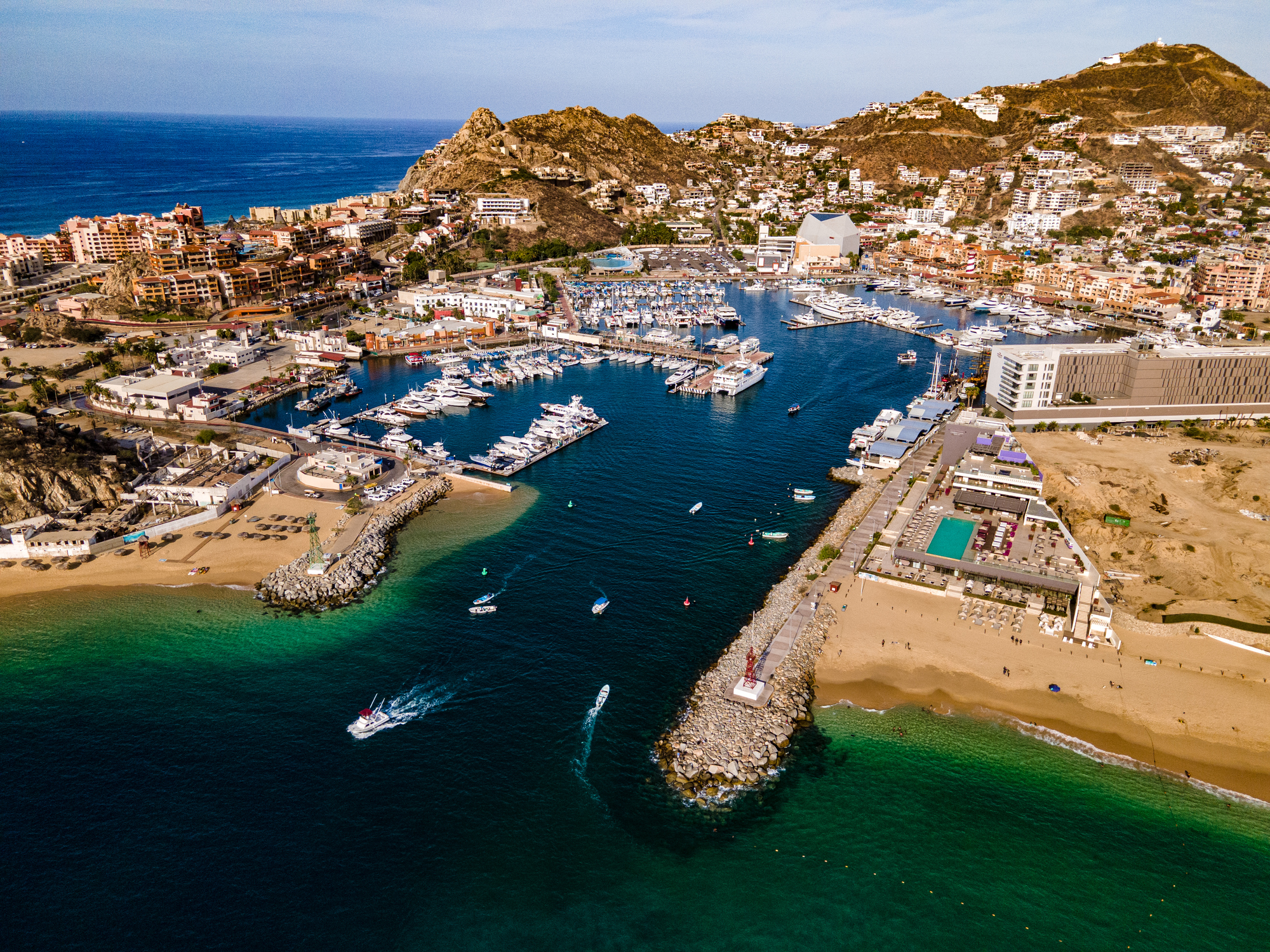 Dzień 13: 08:00-17:00
Dzień 13: 08:00-17:00Cabo San Lucas / Meksyk
Cabo San Lucas or simply Cabo, is a resort city at the southern tip of the Baja California Peninsula, in the Mexican state of Baja California Sur. As of 2015, the population of the city was 81,111 inhabitants. Cabo San Lucas together with San José del Cabo is known as Los Cabos. Together they form a metropolitan area of 305,983 inhabitants.
Cabo has been rated as one of Mexico's top 5 tourist destinations; it is known for its beaches, scuba diving locations, balnearios, the sea arch El Arco de Cabo San Lucas, and marine life. The Los Cabos Corridor has become a heavily trafficked vacation destination for tourists, with numerous resorts and timeshares along the coast between Cabo San Lucas and San José del Cabo.
Cabo houses a range of wildlife, including rays, sharks, birds, and a range of fish, such as mahi-mahi (dorado), and striped marlin.
-
 Dzień 14:
Dzień 14:Dzień na morzu / Morze
-
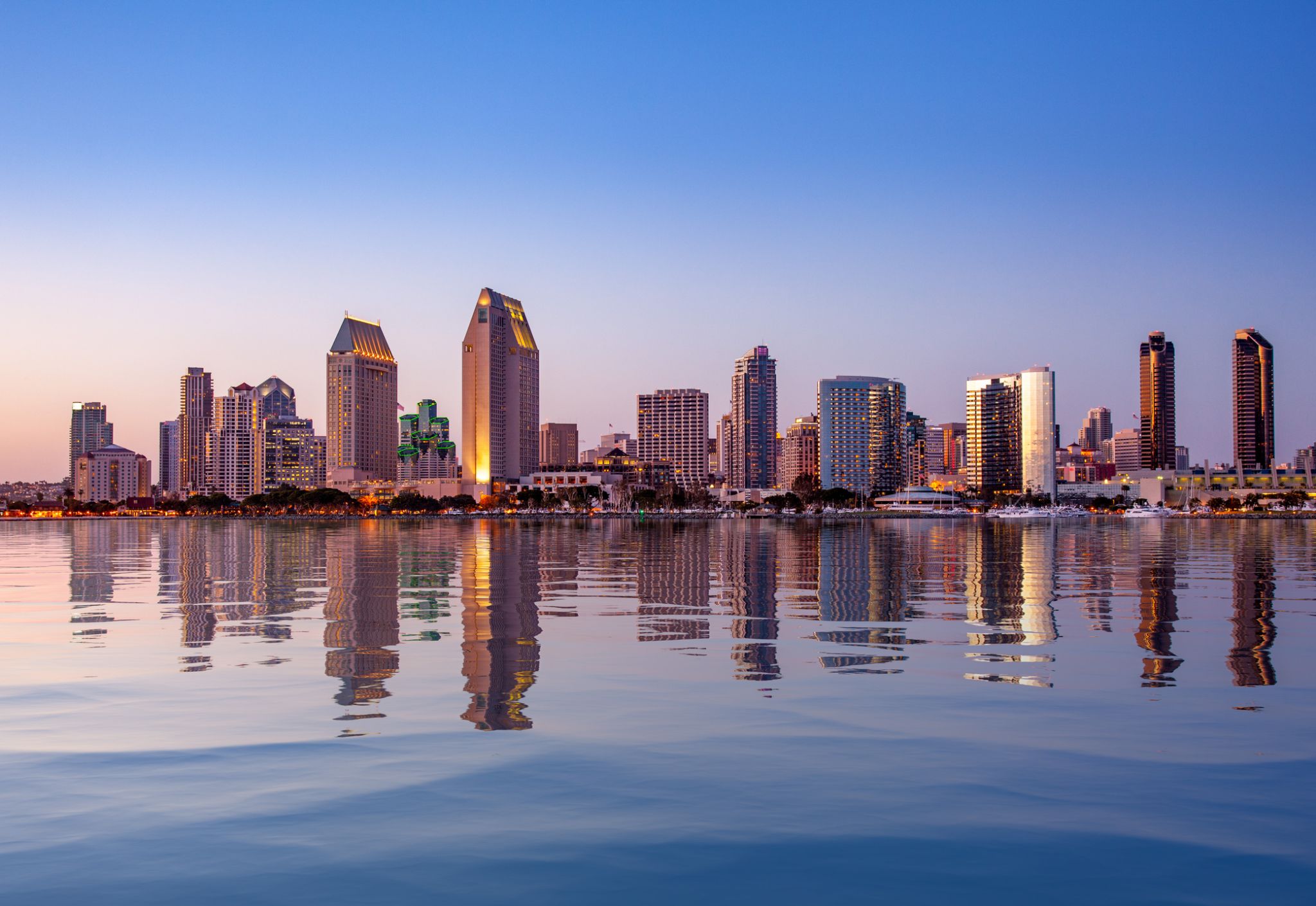 Dzień 15: 12:00-22:00
Dzień 15: 12:00-22:00San Diego, Kalifornia / USA
-
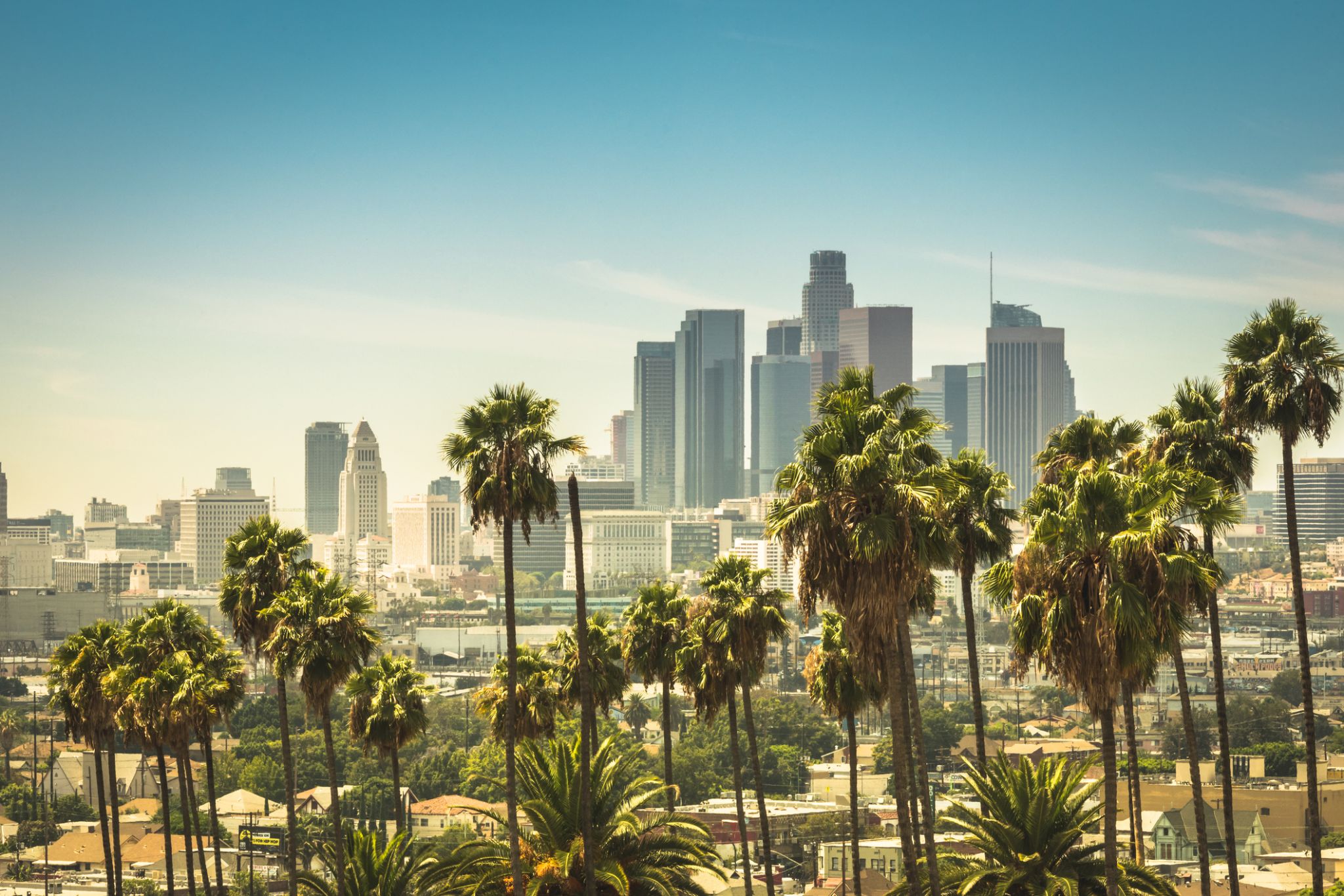 Dzień 16: 07:00-16:00
Dzień 16: 07:00-16:00Los Angeles / USA
Los Angeles officially the City of Los Angeles and often known colloquially by its initials L.A., is the most populous city in California and the second most populous city in the United States, after New York. With an estimated population of four million, Los Angeles is the cultural, financial, and commercial center of Southern California. Nicknamed the "City of Angels" partly because of its name's Spanish meaning, Los Angeles is known for its Mediterranean climate, ethnic diversity, Hollywood, and the entertainment industry, and sprawling metropolis.
Los Angeles is in a large basin bounded by the Pacific Ocean on one side and by mountains as high as 10,000 feet (3,000 m) on the others. The city proper, which covers about 469 square miles (1,210 km2), is the seat of Los Angeles County, the most populated county in the country. Los Angeles is also the principal city of the Los Angeles metropolitan area, the second largest in the United States after that of New York City, with a population of 13.1 million. It is part of the Los Angeles-Long Beach combined statistical area, also the nation's second most populous area with a 2015 estimated population of 18.7 million.
Los Angeles is one of the most substantial economic engines within the United States, with a diverse economy in a broad range of professional and cultural fields. Los Angeles is also famous as the home of Hollywood, a major center of the world entertainment industry. A global city, it has been ranked 6th in the Global Cities Index and 9th in the Global Economic Power Index. The Los Angeles combined statistical area also has a gross metropolitan productof $831 billion (as of 2008), making it the third-largest in the world, after the Tokyo and New York metropolitan areas. Los Angeles hosted the 1932 and 1984 Summer Olympics and will host the event for a third time in 2028. The city also hosted the Miss Universe pageant twice, in 1990 and 2006, and was one of 9 American cities to host the 1994 FIFA men's soccer World Cup and one of 8 to host the 1999 FIFA women's soccer World Cup, hosting the finalmatch for both tournaments.
Historically home to the Chumash and Tongva, Los Angeles was claimed by Juan Rodríguez Cabrillo for Spain in 1542 along with the rest of what would become Alta California. The city was officially founded on September 4, 1781, by Spanish governor Felipe de Neve. It became a part of Mexico in 1821 following the Mexican War of Independence. In 1848, at the end of the Mexican–American War, Los Angeles and the rest of California were purchased as part of the Treaty of Guadalupe Hidalgo, becoming part of the United States. Los Angeles was incorporated as a municipality on April 4, 1850, five months before California achieved statehood. The discovery of oil in the 1890s brought rapid growth to the city. The completion of the Los Angeles Aqueduct in 1913, delivering water from Eastern California, later assured the city's continued rapid growth.

